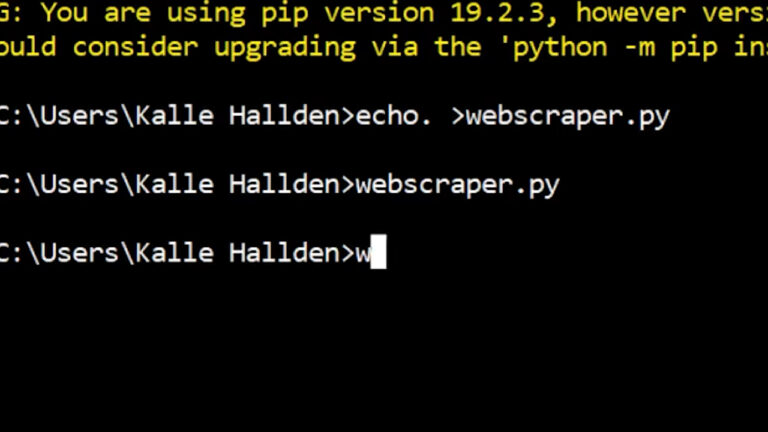In this tutorial, we’ll explore file handling in PHP. We’ll create a simple application that writes to a file and displays the data from the file. File handling is a fundamental aspect of programming, and PHP offers a variety of functions to perform operations on files.
Table of Contents
ToggleUnderstanding File Handling in PHP
To perform any operation on a file, we first need to create a handle using the fopen() function in PHP. This function requires two parameters: the name of the file for which the handle is being created and the mode in which the file should be opened. The modes include:
- ‘w’: Write to a file. For example,
fopen('filename', 'w'). Note that the ‘w’ mode rewrites the entire file. - ‘r’: Read from a file. For example,
fopen('filename', 'r'). - ‘a’: Append to a file. For example,
fopen('filename', 'a').
Creating a Simple File Handling Application
In this tutorial, we’ll be working with two files: index.php, where all the code goes, and comments.txt, the file on which we will be writing data. You can view a demo of the file handling program here.
Here’s the code for our application:
// Code goes here
Although inline comments have been added to the code, let’s break down the process step by step:
- The user enters a comment and submits it. In the PHP script, we check if the variable is set and if it is not empty.
- Since we want to append to the same file, we open the file using the
fopenfunction in append mode (‘a’). - We write to the file using the
fwritefunction, which expects two parameters: the file handle and the content to be written. Thefwrite($handle , $comment."\\n")line adds a line break after each comment. - The
fclose($handle)line closes the file handle. - To read the file and print its contents on a line-by-line basis, we use the
file()function and pass the filename to it. - Finally, we use a
foreachloop to print each comment in the file to the screen.
This tutorial provides a basic introduction to file handling in PHP. In actual practice, a database would typically be used for a commenting system, and additional information such as the author and time of the comment would also be displayed. However, understanding file handling is crucial for mastering PHP and can be applied in many other contexts.

